I had yet another busy week! It began with our history lecture Monday morning. I tried something new during our lunch break and attended the meditative yoga class that the school organizes for us. It was a nice, relaxing, stress-relieving time. After a quick lunch I had Studio in the afternoon, followed by a lecture from esteemed architectural historian Howard Burns. I even got to chat a little with him after the lecture.
On Tuesday we had site visits for history, and Howard Burns joined, too. We went to Villa Lante al Gianicolo, San Pietro in Montorio (and the Tempietto), and Villa Farnesina. That evening we had to watch a French comedy, Mon Oncle, in which the sets and architecture are vital to the plot, in preparation for our upcoming Paris field trip.
Wednesday began with our history final. We chose a topic from a reading as well as an architectural feature to study in depth. Then, our professor formed groups and we had 20 minutes to formulate a 20-minute lecture to present to the class. Studio that afternoon wasn’t a regular class because we headed to the Accademia di San Luca, an historic Roman art academy. There we saw fantastic architectural drawings and renderings from as early as the 1600s. Some of the works we saw are the products of Bernini’s students.
For watercolor on Thursday we painted a still life of fruits, vegetables, and architectural elements. That evening a small group of us went to the Borghese Galleria in the Villa Borghese, which had a special exhibit on Bernini. We saw everything from his preparatory models, sketches, and statues. One bust on display is believed to have been completed by the prodigy when he was only 13. Three things in particular struck me about the master: His focus on detail, his skill, and his composition. One example of his detail oriented approach is the subtle traces of smallpox his bust of Cardinal Alessandro Peretti Damasceni Montalto, something that is easily missed with a casual glance. His skill astounded me many times. In “The Rape of Proserpina” he makes marble look soft and fleshy, especially where Pluto is grabbing her. In the mattress he sculpted for the “Sleeping Hermaphroditus,” he transforms the solid, heavy, material into something light and pillowy. His ability in composition was probably his most astounding quality. With a truly Baroque sensibility, his art is dynamic, conveys motion, and can (and should) be viewed from every angle! After exploring Villa Borghese, we grabbed dinner at Pastificio, the delicious four euro quick pasta place (it was gnocchi night!), on the way back to studio to work.
Friday began with our Villa and Garden class where we reviewed our artistic studies of water and soil, as well as our speculative section of a garden based on the one depicted in the frescoed room of the Villa Livia a Prima Porta, as displayed in the Palazzo Massimo that we visited last week. In the afternoon we had Studio followed by a Paris Prep lecture about the city in the 19th and early 20th centuries. I spent Friday night working in studio. Saturday was full of work and running errands in the city.
Since Sunday was the first one of the month and many museums are open for free, I started the morning by going to see the art galleries in Palazzo Barberini, specifically its temporary Giuseppe Arcimboldo exhibit. Arcimboldo was a 16th century artist who is famous for his composite portraits made of strategically placed themed objects. For example, he did portraits of the four seasons and the four elements. Next we ran around the corner to stop in Borromini’s San Carlo alle Quattro Fontane, where we stumbled in right at the beginning of Mass and stayed. After grabbing lunch, I completed the still life that was our out-of-class Watercolor assignment. The rest of the day was consumed with other work.


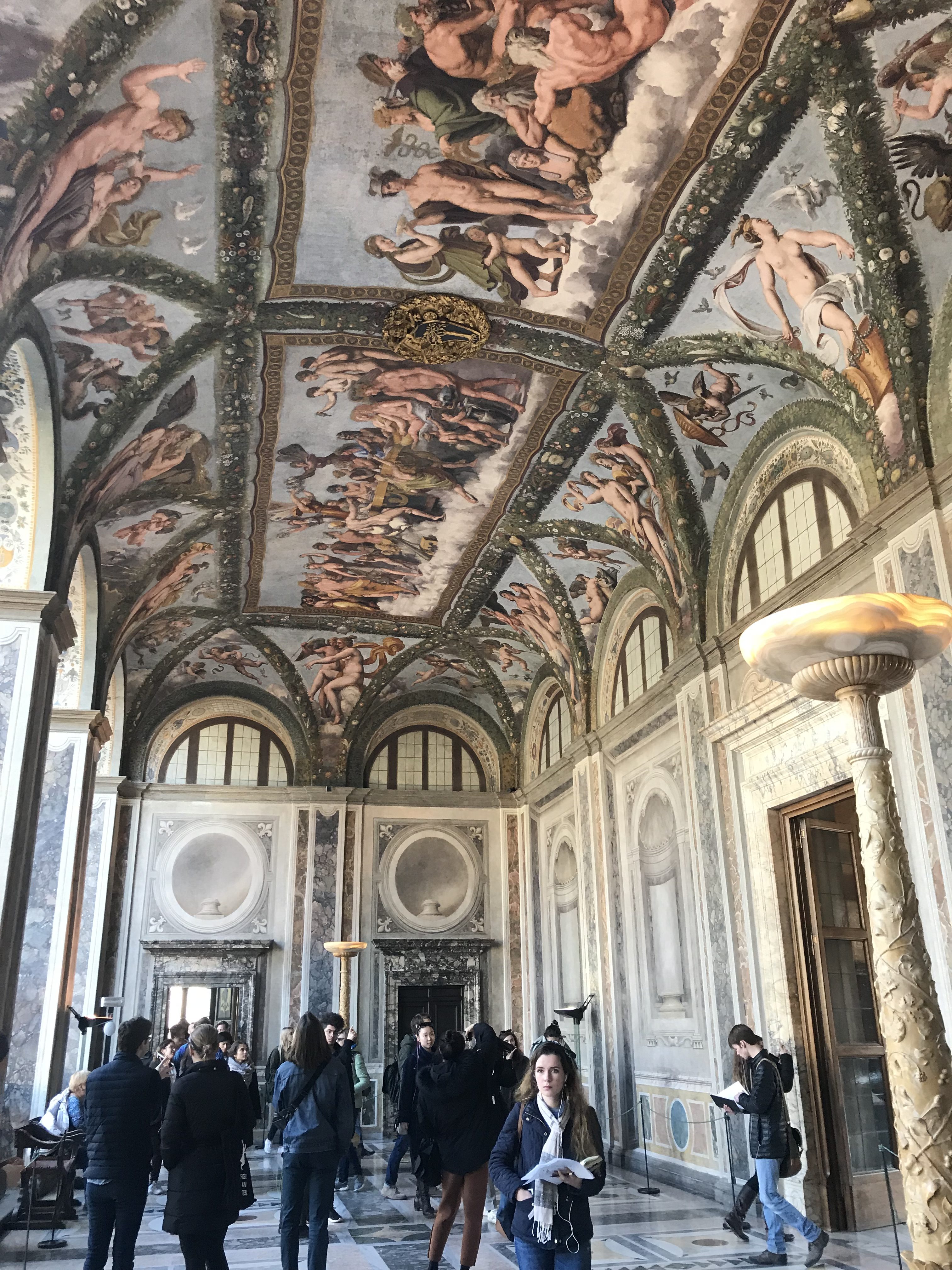
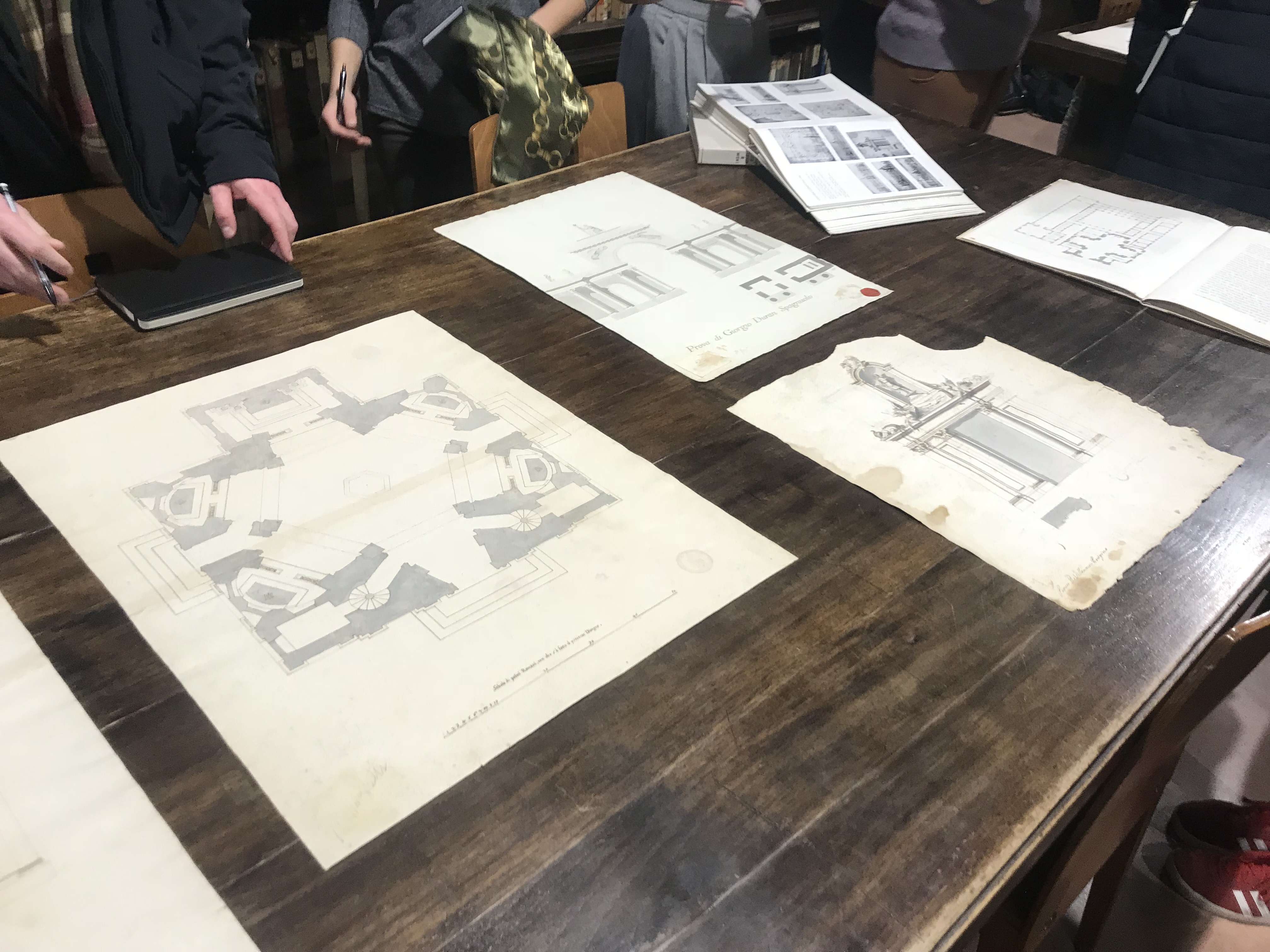

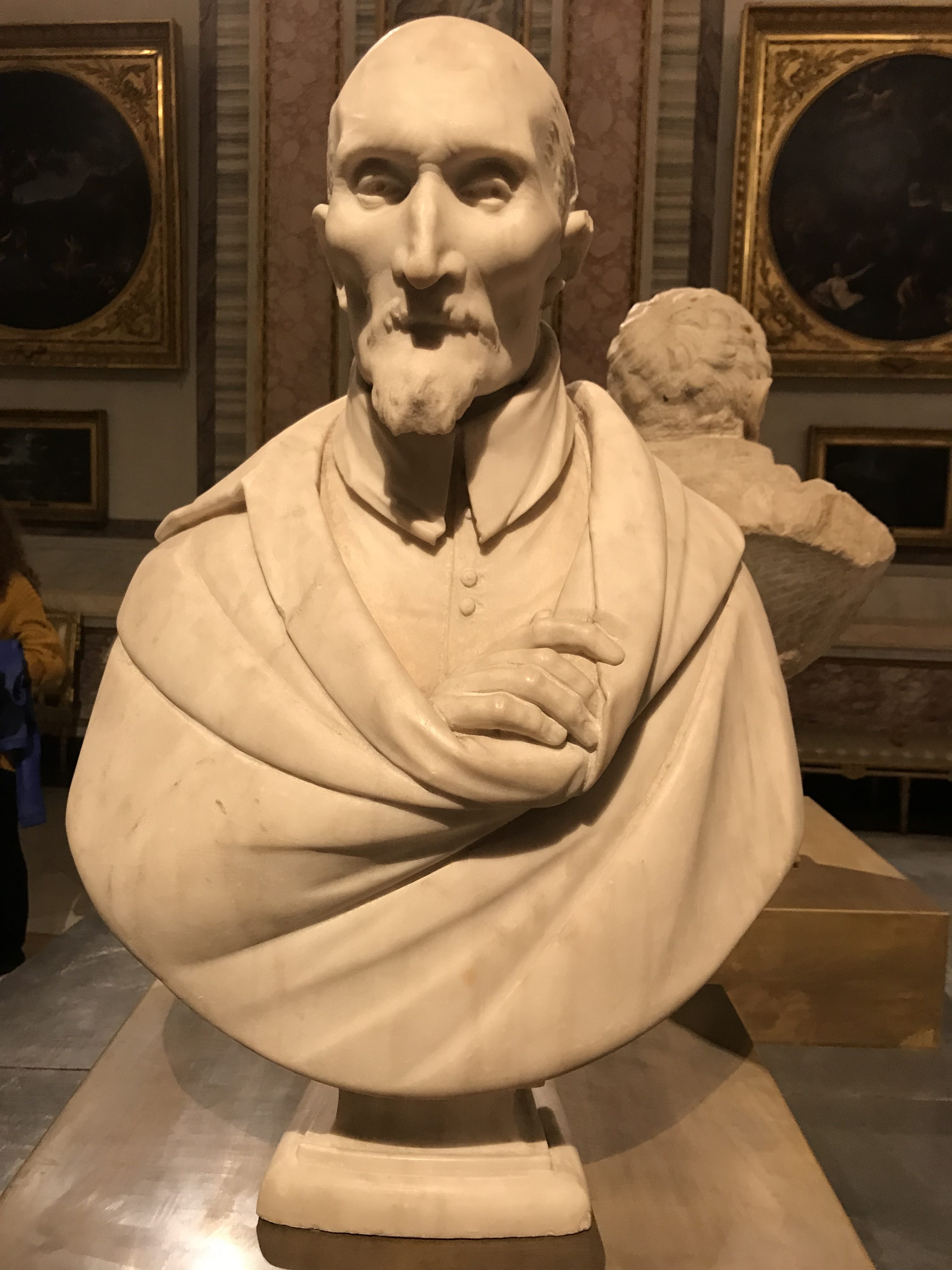



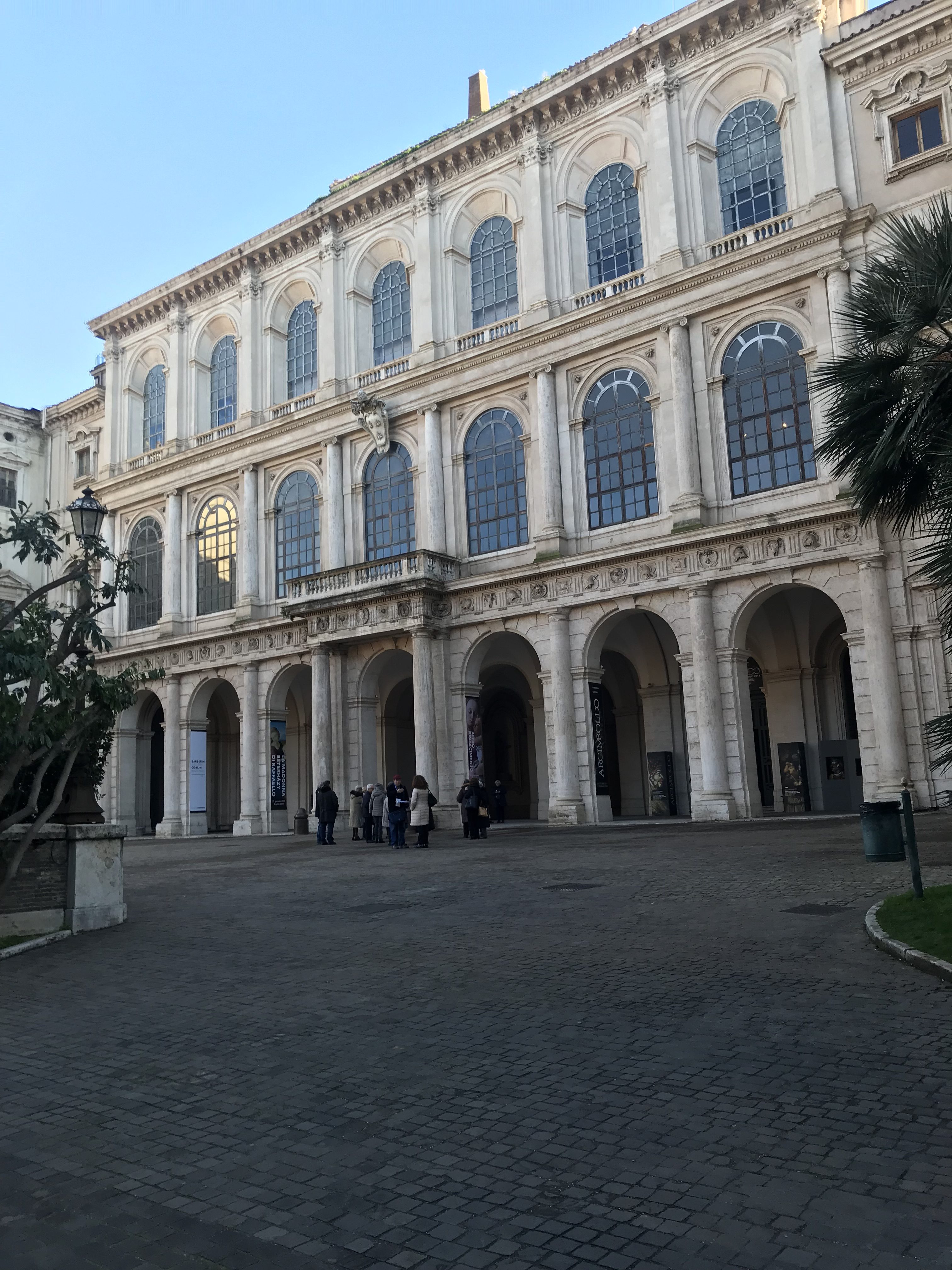
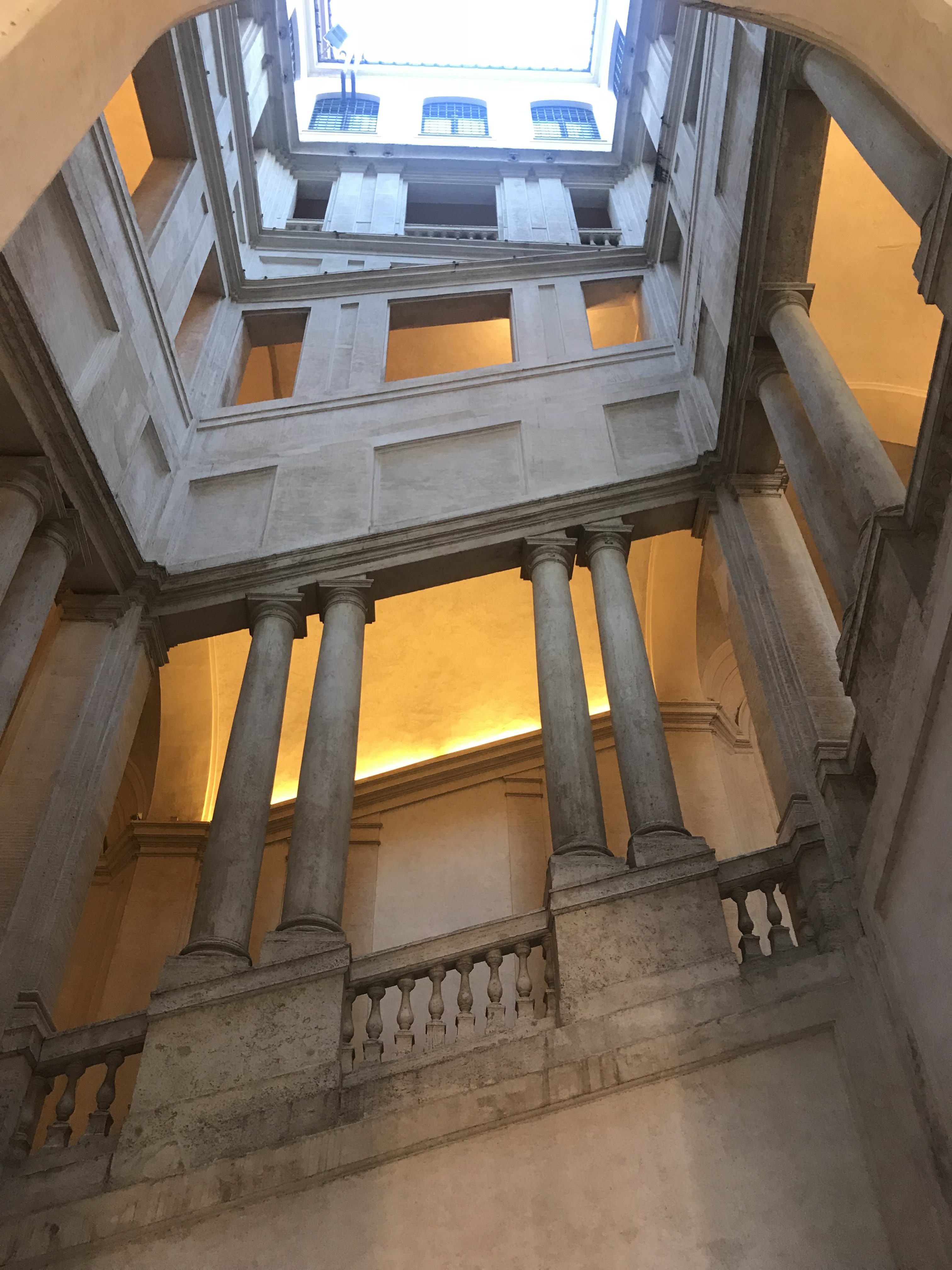
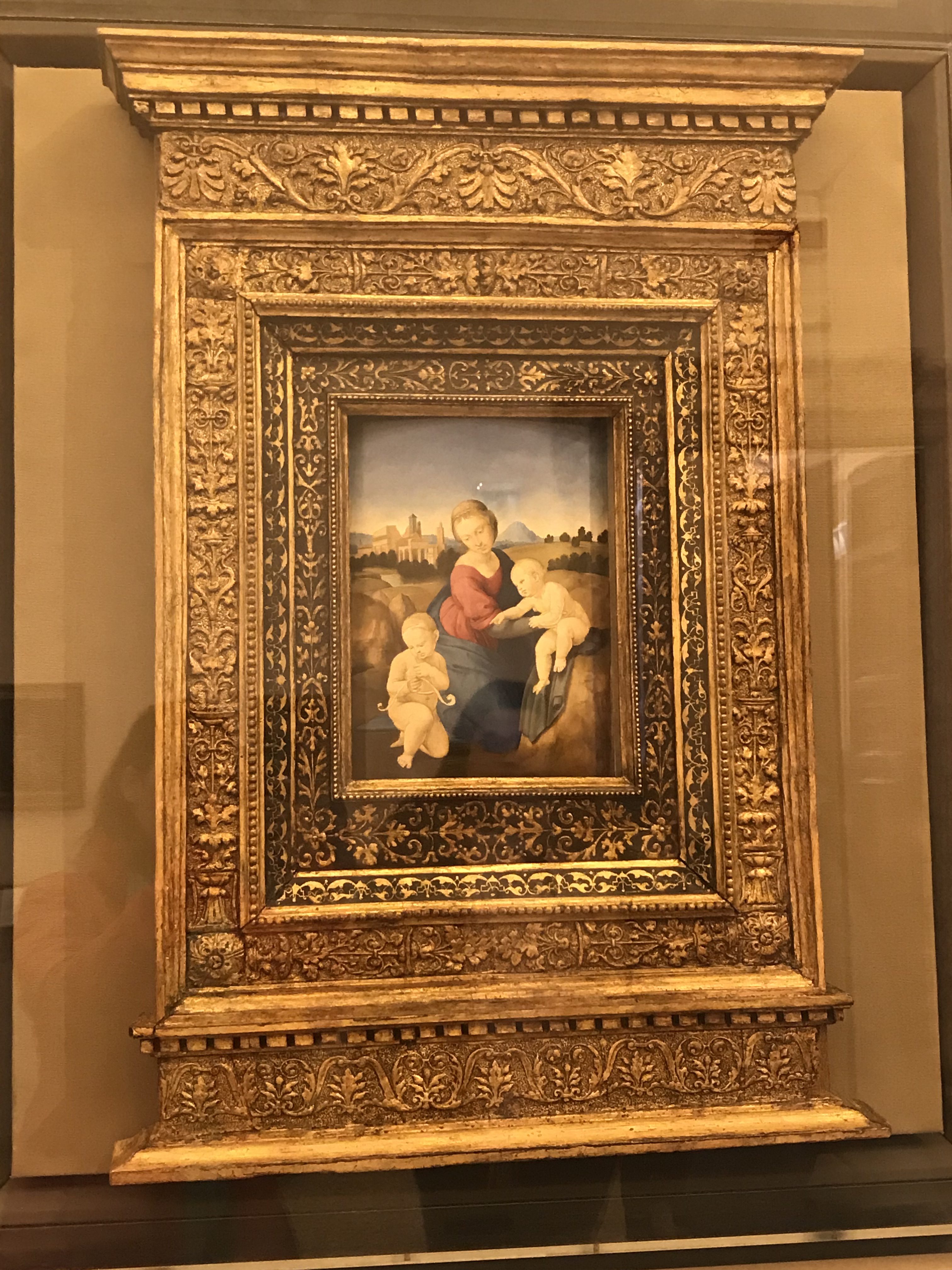
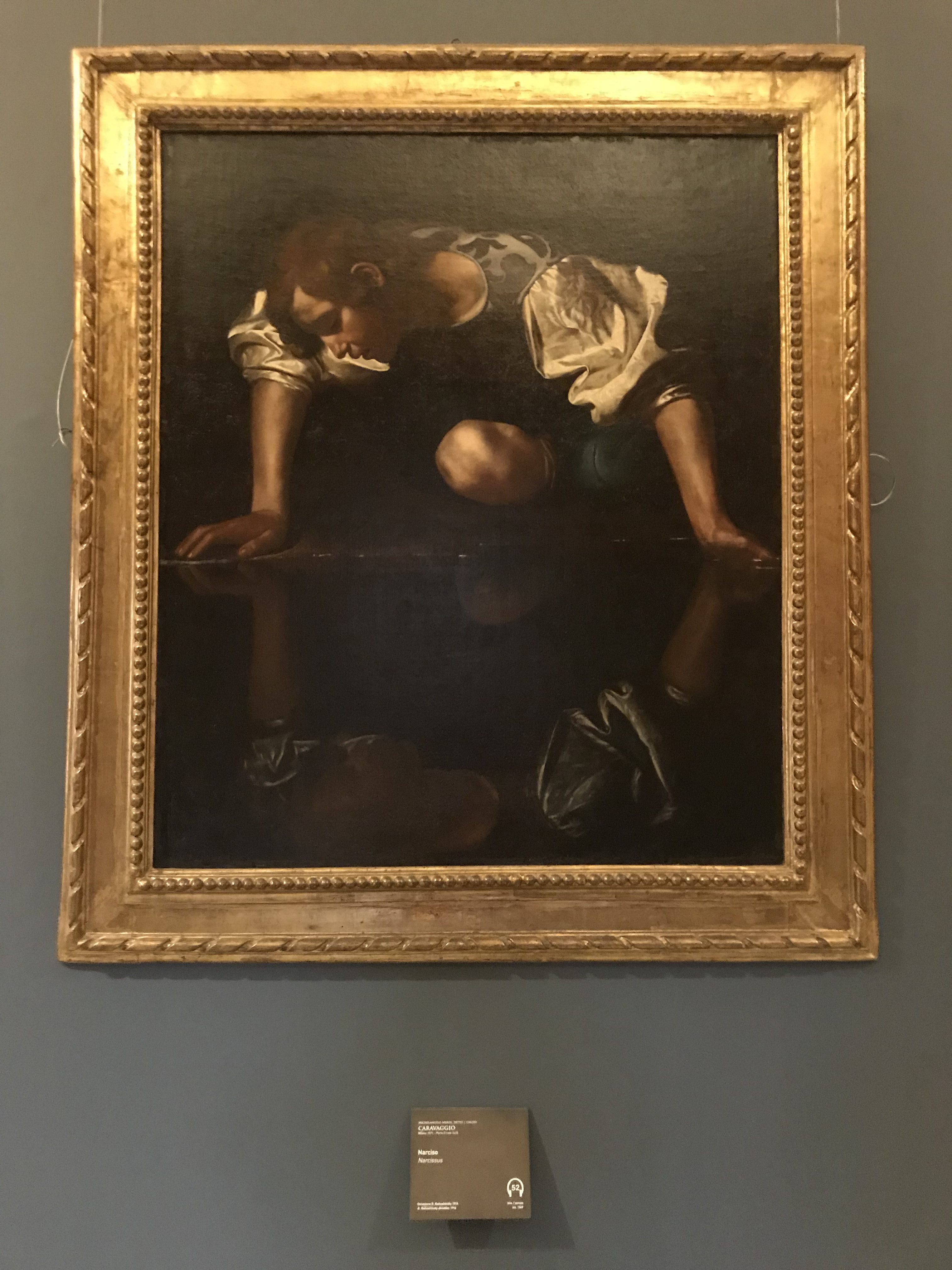

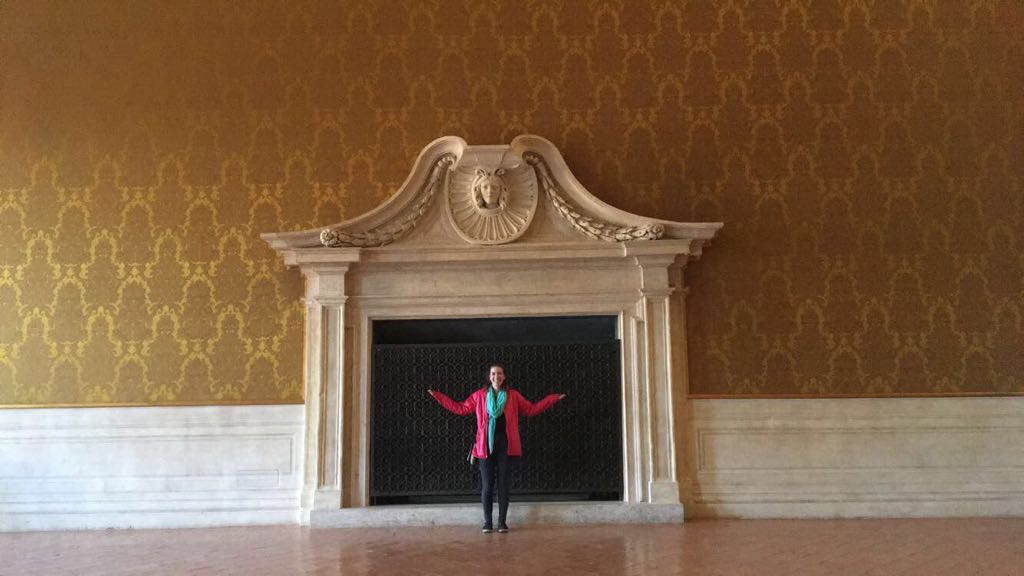
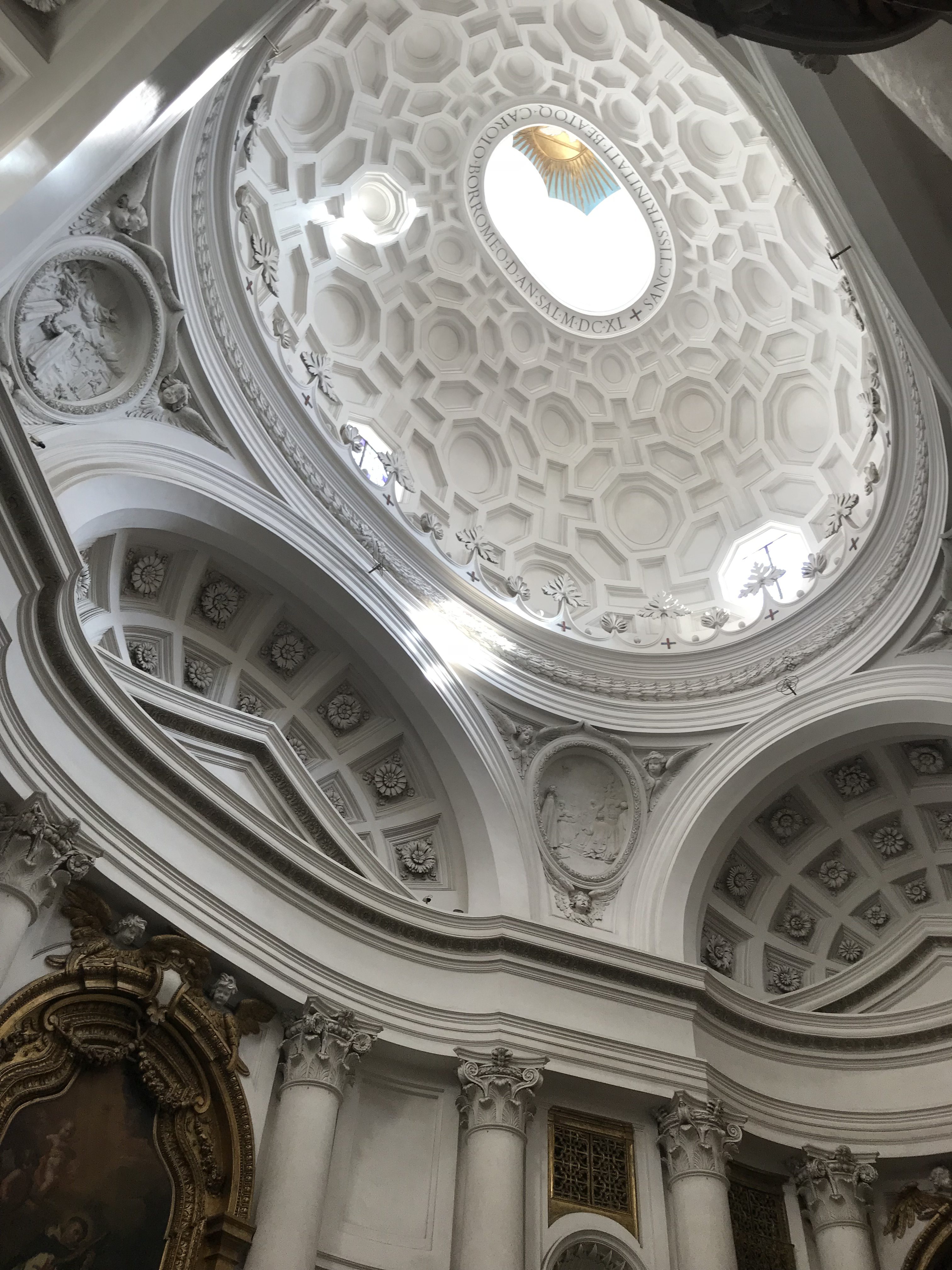
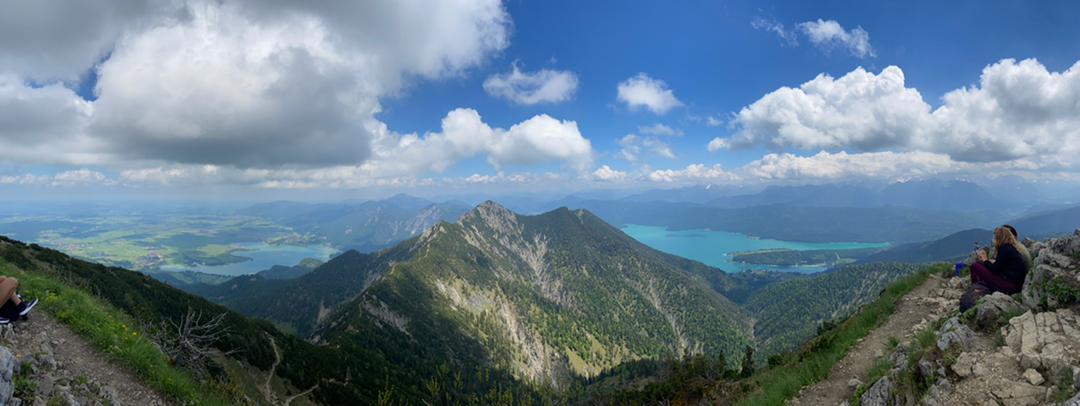
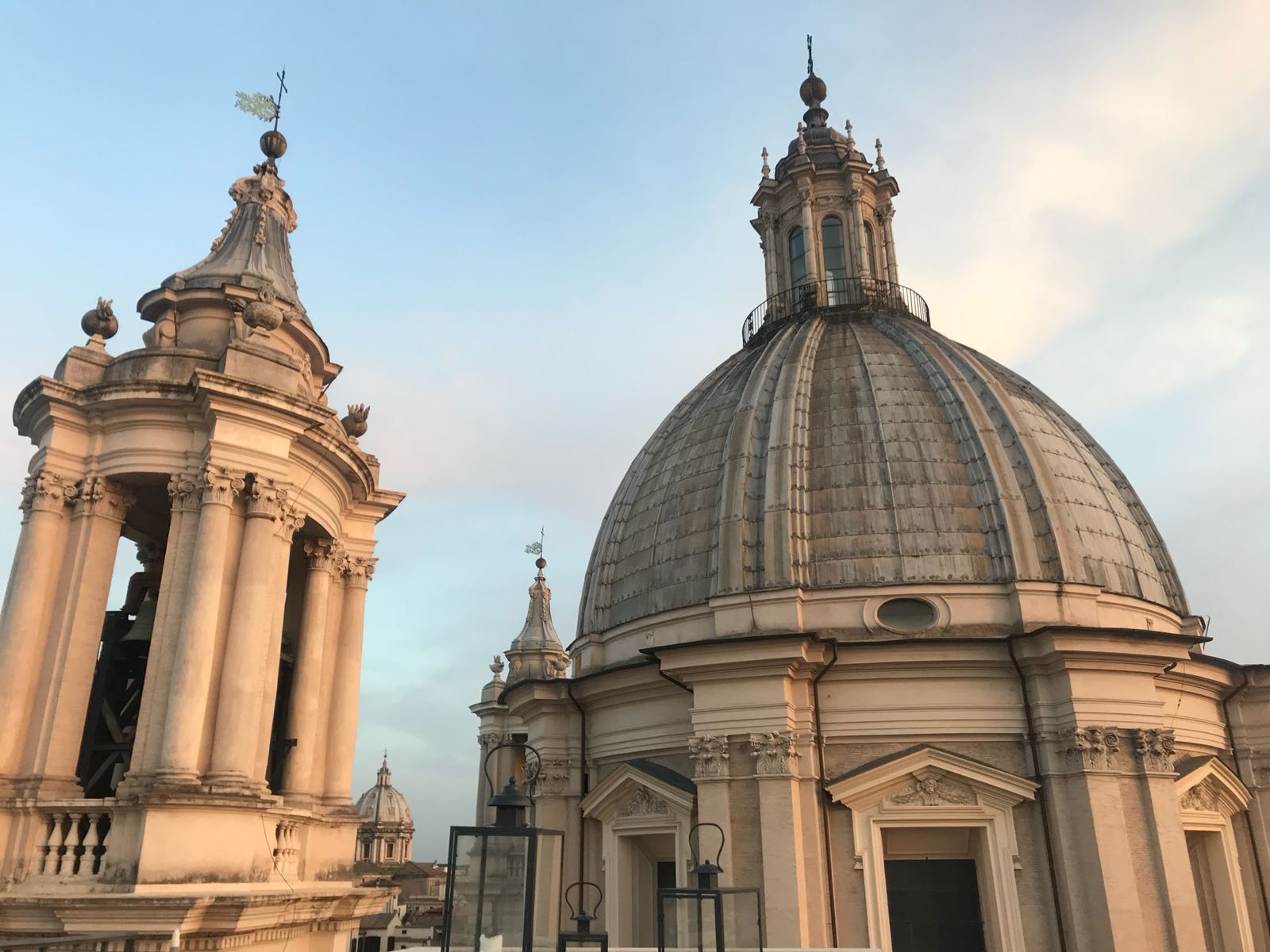

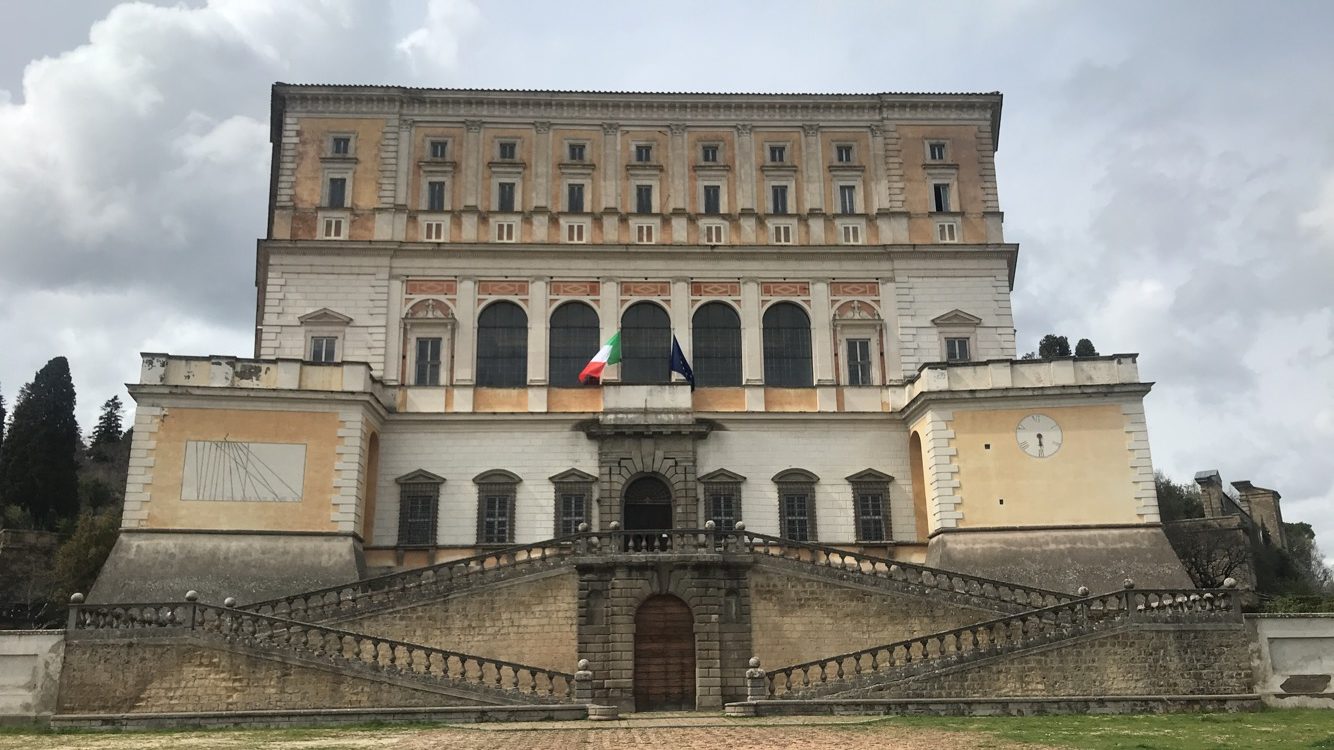
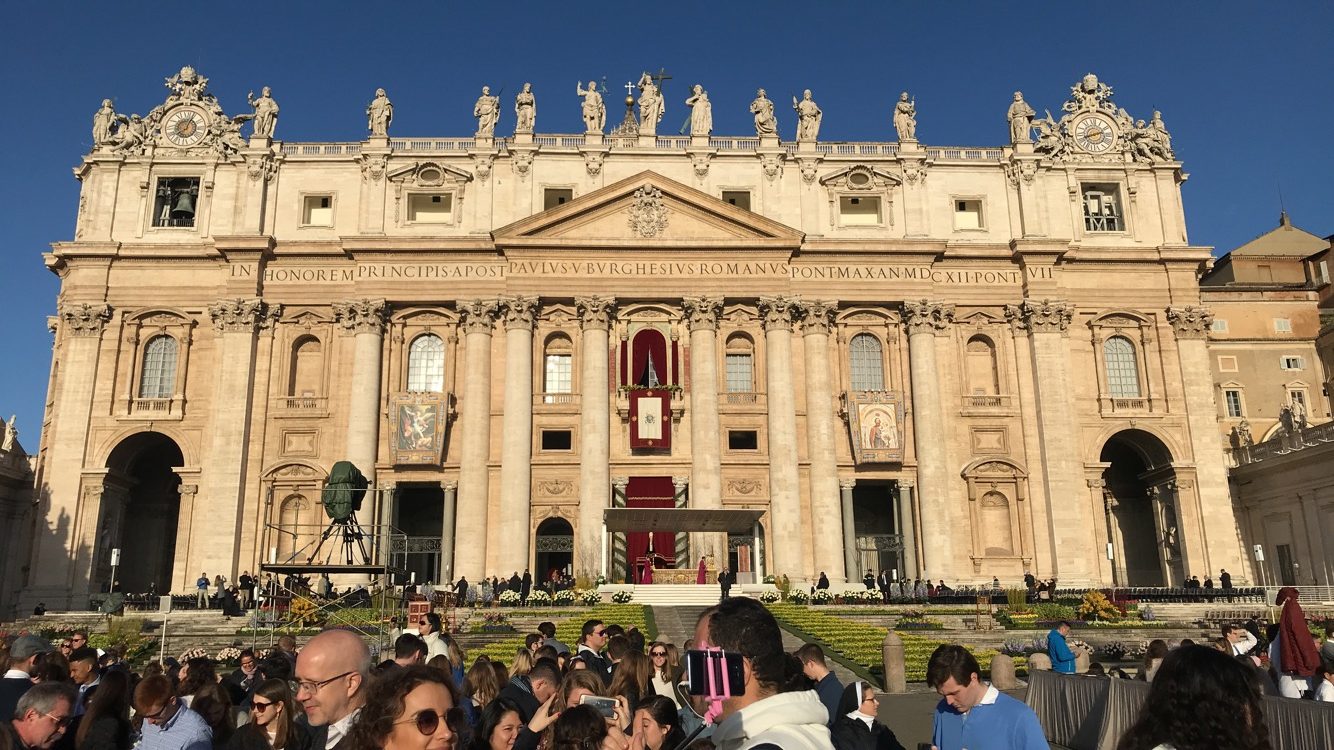
Leave A Comment